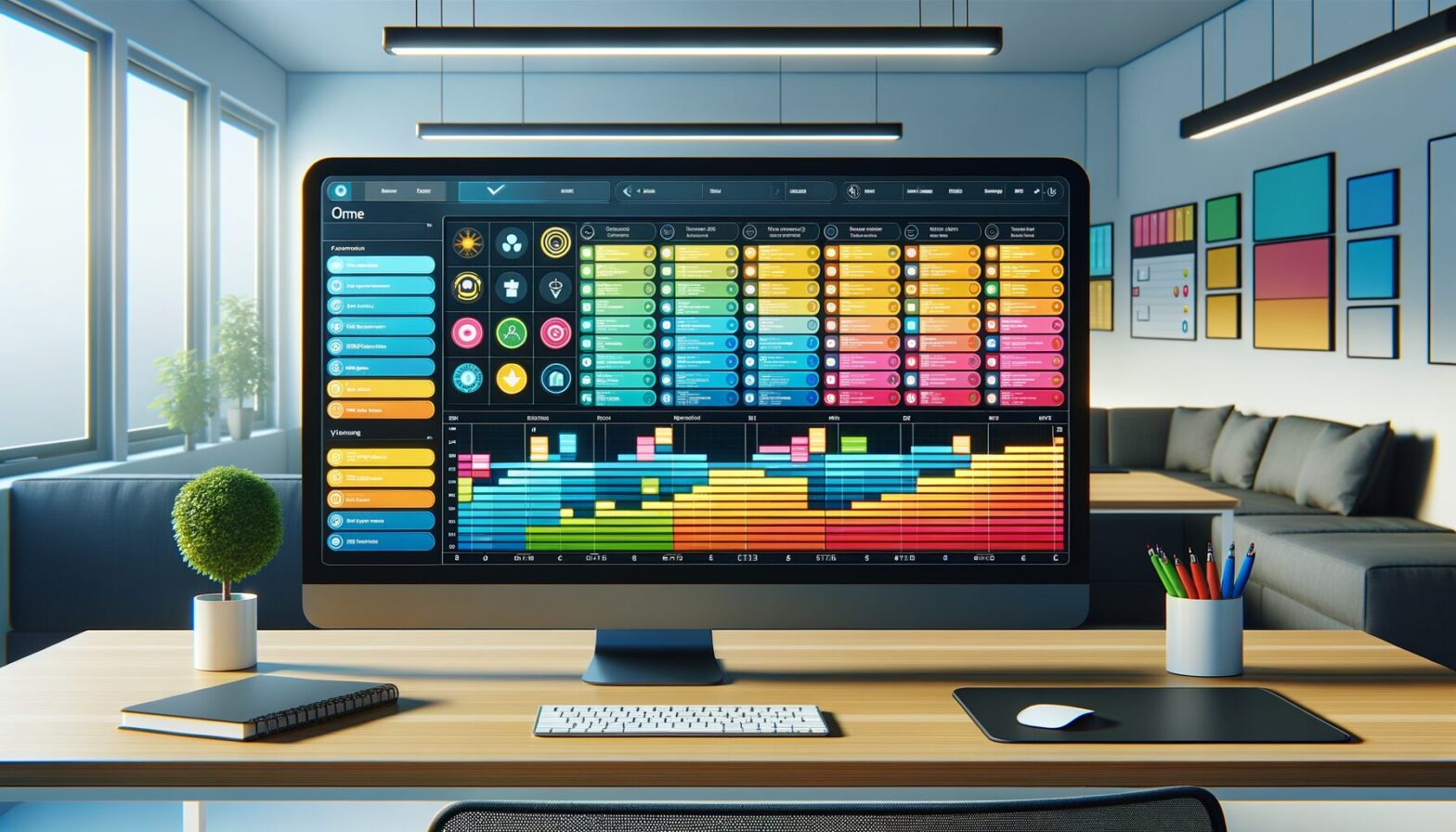The Origins of the T-Card System
The T-Card system has its roots in traditional project management and workforce scheduling, dating back several decades. Originally developed as a physical tool, T-Cards were simple cards shaped like the letter “T” that could be slotted into boards, allowing managers to visualise tasks, personnel assignments, or workflows at a glance. This low-tech method proved invaluable in environments like manufacturing floors, hospitals, and construction sites where visual clarity and rapid updates were essential.
As industries evolved and digital technologies emerged, the physical T-Card system began to find its way into the digital realm. The core concept remained the same — using a visual and flexible planning tool to manage resources and timelines — but online platforms started offering these capabilities with far greater ease, accessibility, and scalability.
This transition was driven by the increasing need for remote collaboration and real-time updates, especially as workforces became more distributed. What started as a tangible card-based approach has now blossomed into sophisticated software solutions that retain the intuitive nature of the original system but enhance it with automation, notifications, and seamless integrations.
How Online T-Card Systems Simplify Planning
Online T-Card systems take the simplicity of physical cards and supercharge it with digital flexibility. They allow users to create, move, and modify cards representing tasks or personnel assignments with a simple drag-and-drop interface. This visual approach makes complex planning intuitive and accessible to all team members, regardless of technical expertise.
One of the biggest advantages is real-time collaboration. Teams can update their schedules simultaneously from any location, ensuring everyone has the latest information without delays or version conflicts. This level of transparency reduces misunderstandings and helps keep projects on track.
Moreover, many online T-Card systems come equipped with useful features such as colour-coding, filtering, and notifications. These help managers prioritise tasks, highlight critical deadlines, and quickly identify bottlenecks. Because these platforms are cloud-based, they also integrate well with other productivity tools like calendars, email, and project management software, making them a seamless part of a team’s workflow.
The Benefits Beyond Planning: Flexibility and Accessibility
Flexibility is a cornerstone of why online T-Card systems are gaining popularity. Unlike traditional methods tied to physical boards, digital systems are not limited by geography or office hours. Whether you’re managing a local team or coordinating international projects, the system adapts to your needs.
Accessibility is another major benefit. Because these platforms often work across devices—from desktops to tablets and smartphones—users can check or update plans on the go. This is particularly useful in fast-paced environments where last-minute changes are common.
Furthermore, digital records provide an audit trail that physical cards simply cannot offer. Managers can track who made changes and when, which enhances accountability and helps in analysing past project performance for future improvements.
Looking Ahead: The Future of Online T-Card Systems
As technology continues to advance, online T-Card systems are poised to become even more powerful. We can expect deeper integration with artificial intelligence to provide predictive scheduling and resource optimisation. For example, AI could suggest the best allocation of personnel based on past performance data or automatically flag potential conflicts before they happen.
There is also growing interest in incorporating more immersive interfaces such as augmented reality (AR), where planners might interact with virtual T-Cards in 3D space. Such innovations could revolutionise how teams visualise complex projects.
Despite these exciting prospects, the fundamental appeal of the T-Card system—its clarity and ease of use—will likely remain at its core. The best planning tools are those that simplify complexity rather than add to it, making online T-Card systems an enduring favourite among project managers.
Conclusion: Why Choose an Online T-Card System?
In summary, the online T-Card system offers a quick and easy planning solution that combines the best of traditional visual management with modern digital convenience. Its origins as a simple card-based tool highlight its intuitive nature, which has only been enhanced by online capabilities such as real-time collaboration, accessibility across devices, and integration with other software.
For teams looking to improve scheduling accuracy, increase transparency, and reduce administrative overheads, an online T-Card system is an excellent choice. It supports flexibility for diverse working arrangements and provides valuable data for continuous improvement.
Whether you are managing a small team or large projects spanning multiple locations, embracing an online T-Card system could transform your planning process into a more efficient and enjoyable experience.
Notes
- The original physical T-Card system dates back to mid-20th century industrial scheduling.
- Online T-Card platforms often feature drag-and-drop interfaces for easy task management.
- Real-time updates in online systems help reduce project delays caused by miscommunication.
- Cloud-based T-Card systems improve accessibility by supporting multiple devices.
- Future trends include AI integration for predictive scheduling and augmented reality interfaces.
